
Radiofrequency Microneedling: Here’s What You Need to Know
Stubborn acne scars affect the skin and the confidence of the one who has it. Having deep and indented scars on your face can take a toll on one’s confidence and self-esteem, not to mention how uncomfortable it can be.
Luckily for you, experts like the SozoClinic.sg have a practical solution that can significantly reduce the acne scar impressions on your face.
Radiofrequency (RF) microneedling is a safe and innovative way to deal with acne scars of various severity. Based on its name, it involves “needles”, which can be scary for someone uninformed. To help you understand this procedure, here’s what you need to know about RF microneedling.
What is Radiofrequency Microneedling?
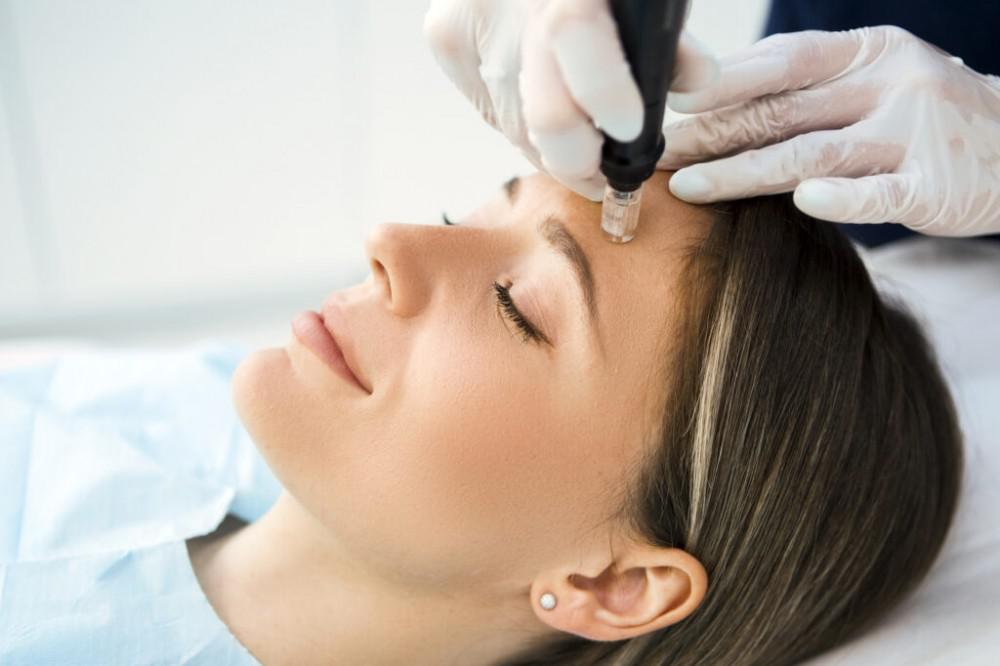
Microneedling is all about methodically puncturing your skin with tiny needles to force your skin to heal. Dermatologists believe that by doing so, the systematic injuring of the skin will lead to collagen formation, which will then heal the wounds created by the needles. It is also why microneedling is also known as collagen induction therapy.
RF microneedling is an innovation of the traditional microneedling procedure. After puncturing the skin, the device used by the dermatologist will deliver radiofrequency down into the deep layers of the skin. This innovation enhances the scar reduction results done by traditional microneedling.
Once the micro-injuries heal, the skin will appear tighter and smoother, with significantly reduced scar appearance.
How Does It Work?
RF microneedling follows the initial steps done by traditional microneedling, only with a few added measures. After penetrating the skin and reaching a certain depth, the needles will release radiofrequency inside the skin. The radiofrequency will warm the deep tissues and trigger the elastin and collagen remodelling.
Benefits
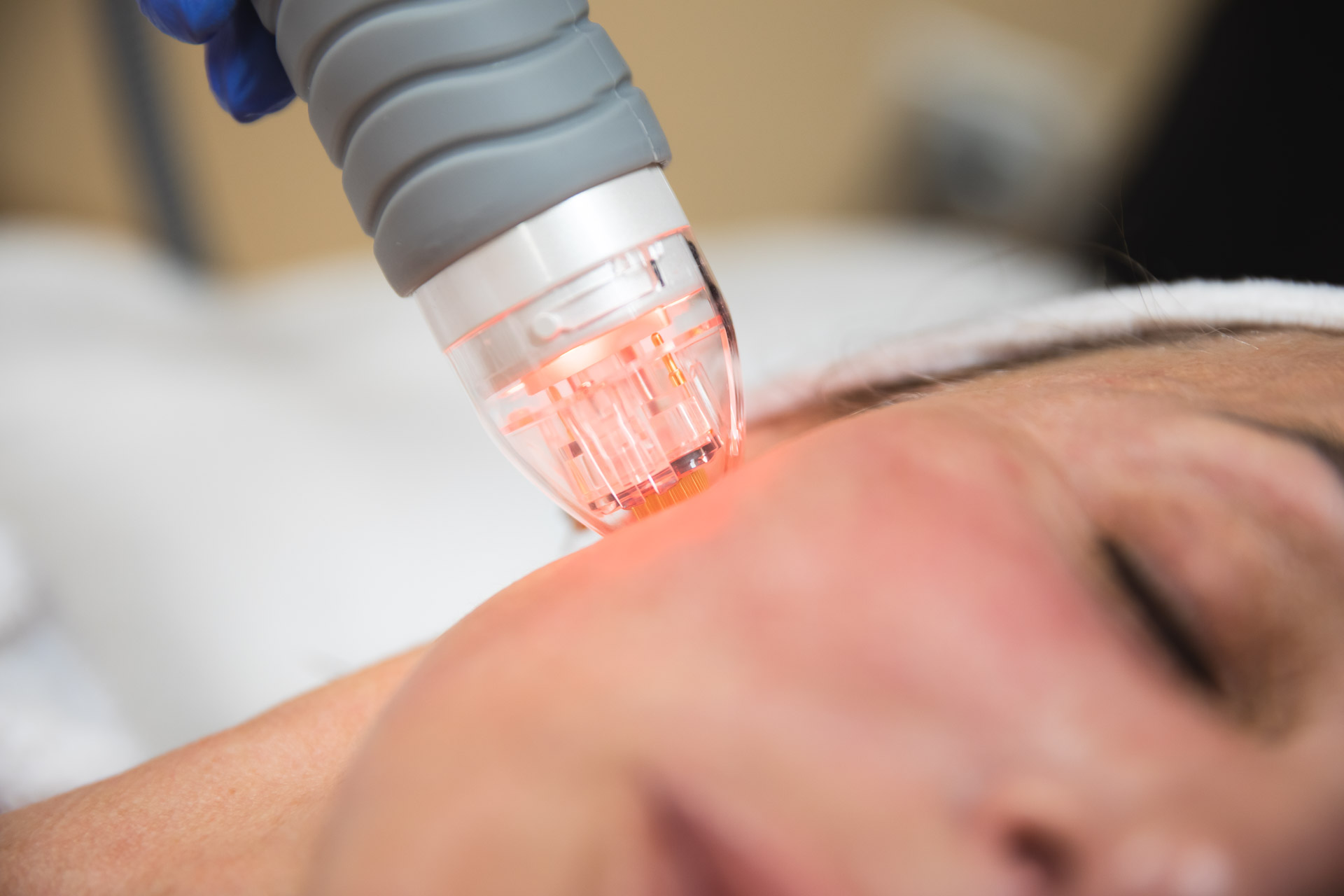
Since RF microneedling is an innovation, it’s only expected to deliver better results compared to traditional microneedling. Some of the beneficial results that this procedure entails are the following:
- Improved acne scar appearance on the affected area
- Reduced fine lines and wrinkles
- Skin rejuvenation
- Significant reduction of enlarged pores
- Reduced hyperpigmentation appearance
This procedure is recommended for people with depressed acne scars because it’s safe, easy to do, and is very effective. You can also use this procedure to deal with other skin conditions such as cellulite, uneven skin tone, and stretch marks.
Drawbacks
There’s no doubt that RF microneedling is effective, but you’d have to do multiple treatment sessions to see actual results. These results may even take a few months to develop. And since needles are pricking your skin, you will experience pain, but there are numbing creams to alleviate that.
There’s also a minimal risk for hyperpigmentation, especially for individuals with darker skin tones. It’s also crucial for you to select the right dermatologists because, in inexperienced hands, microneedling with radiofrequency can create more harm than good. If not properly executed, your skin may be left with uneven skin texture, hyperpigmentation, and even burns and scars.
The gaps between procedures are pretty lengthy too, with 3 to 8-week intervals between subsequent treatments.
Who Can Have an RF Microneedling Treatment?
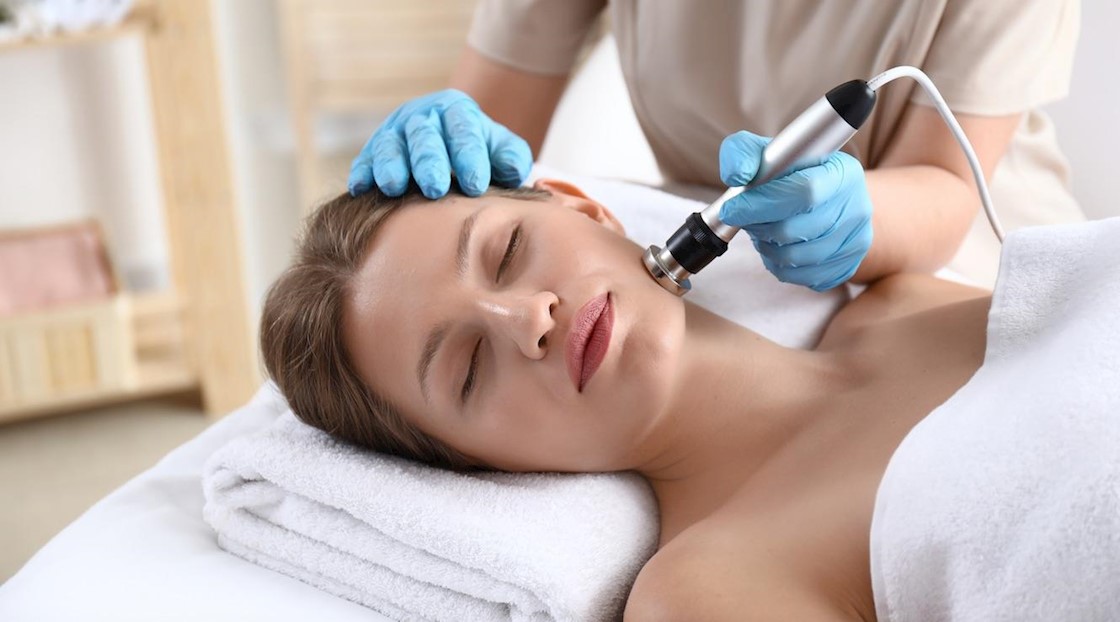
You are a good candidate for RF microneedling if you have one of the following conditions:
- Good health
- Early signs of ageing
- Realistic expectations of the procedure
Who Should Avoid RF Microneedling Treatment?
RF microneedling is safe, but it is not a treatment anyone can have. If you have the following conditions, it’d be best to avoid this treatment.
- Active cold sores
- Skin infection
- Skin diseases (ex. psoriasis)
- History of keloids or poor wound healing
- Pregnancy
- Bleeding disorders
- Sensitivity to numbing
Individuals who are taking the following medications/therapy are also not allowed to undergo RF microneedling:
- Accutane
- Anticoagulants
- Chemotherapy
- Radiation therapy
Before proceeding with this treatment, discuss your health conditions with your dermatologist first so they can qualify if you’re a good candidate or not.
Risks and Side-Effects
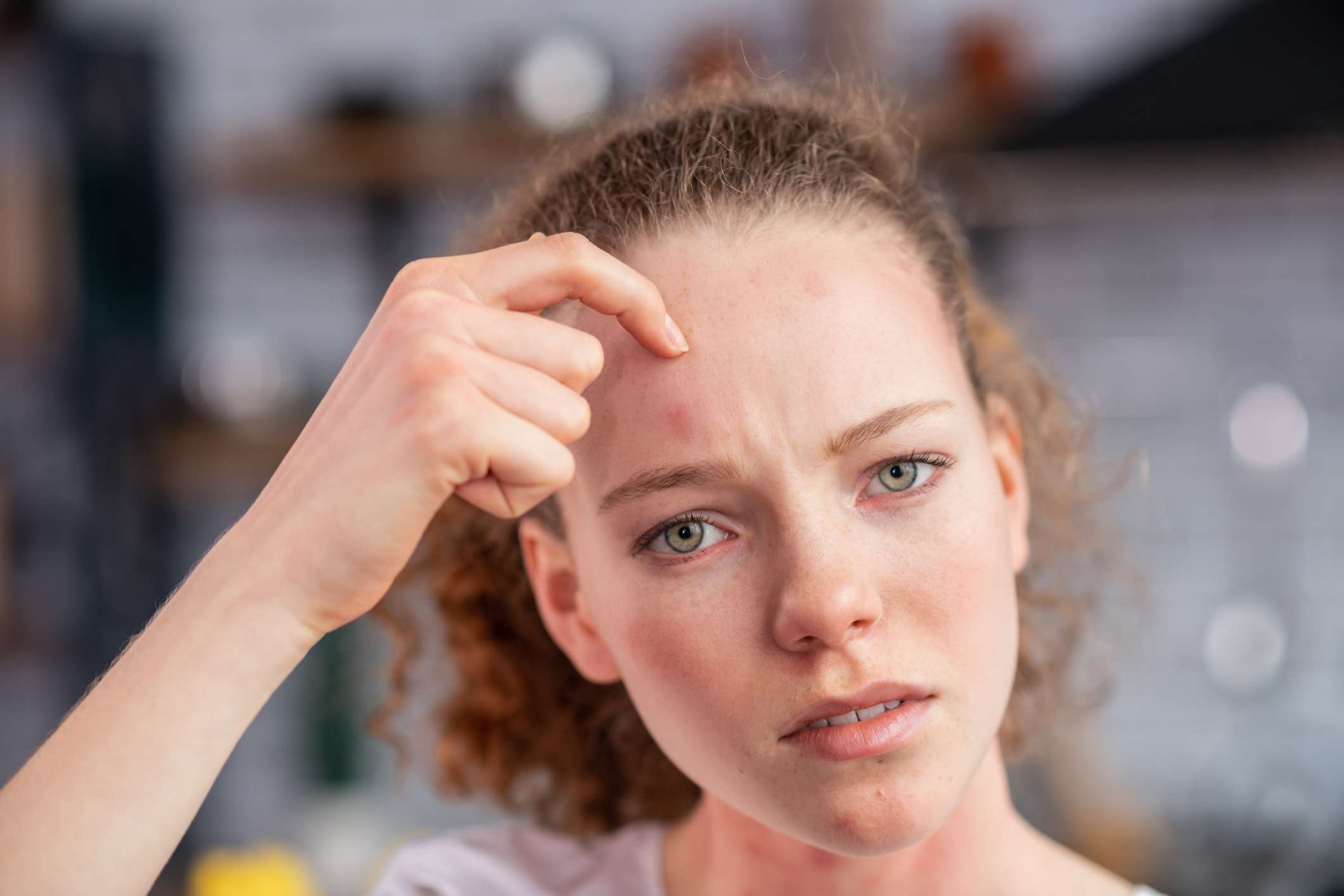
Just like any cosmetic procedure, RF microneedling renders some side effects. Although minimal, the patient must understand that side effects are typical, and they should expect them.
Some of the common side effects of this treatment include the following:
- Redness
- Itching
- Welling
- Cold sore breakout
- Mild acne breakout
Expect these side effects to last from a few hours to days.
There are also other complications that RF microneedling can trigger. These conditions require immediate medical attention, so contact your doctor as soon as you experience any of the following:
- Infections
- Prolonged bleeding
- Continuous swelling
- Bruising
- Allergic reaction to needles
- Headache
- Fatigue
If you have any of these health complications, you should seek medical help immediately.
What to Do After the Procedure?
The beauty of this procedure is its lack of downtime. After undergoing RF microneedling for 10 to 20 minutes, you can go home and continue your usual activities.
However, you need to follow the specific aftercare routine your dermatologist will give you. You need to follow the said routine to achieve the best results and less pain.
Here are some of the aftercare tips your doctor will tell you to do:
- Apply an ice pack to the addressed area to reduce pain, swelling, and discomfort.
- Regularly apply SPF whenever you go outdoors.
- Use gentle cleansers to clean your skin.
- Disavow wearing makeup until the next day because it can irritate your skin.
After 24 hours, you can now return to your normal activities with your regular skincare routines.
Are Multiple Sessions Necessary?
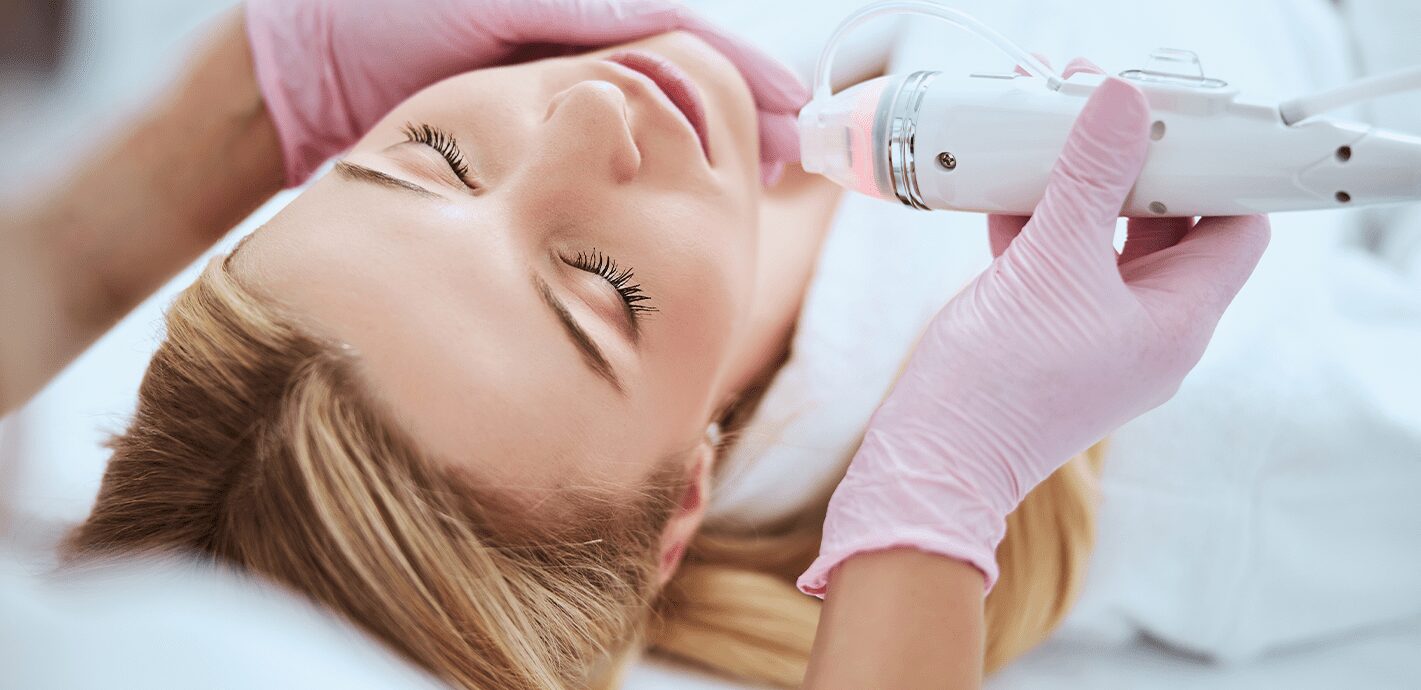
Results will be visible within 3 to 6 months. The exact time for results to be noticeable will entirely depend on the type and severity of your condition after the treatment.
A typical RF microneedling treatment will require you to go back to your dermatologist for at least four sessions. The severity of your scars will also determine how frequent your microneedling sessions will be.
Mild acne scars require three to four sessions, while more extensive scars will take five sessions. As mentioned earlier, the gap between sessions will be 3 to 8 weeks. These gaps are necessary for your skin to heal between treatments fully.
The initial treatment batch will produce results that will last for about a year. Dermatologists also recommend an annual touch-up session to maintain desired results.
Where Can I Get Radiofrequency Microneedling?
Picking the right skin clinic is crucial if you want to achieve the best results since the results will largely depend on the skill of the dermatologist in charge of the procedure. Choose a board-certified dermatologist you can entrust with your skin, and take your time looking for clinics where you want to undergo RF microneedling.
Conclusion
Radiofrequency (RF) microneedling is a procedure that employs controlled skin injury to stimulate the growth of new and healthier skin. It’s a minimally invasive acne scar treatment that aims to treat acne scars and promote healthier and more youthful skin.
